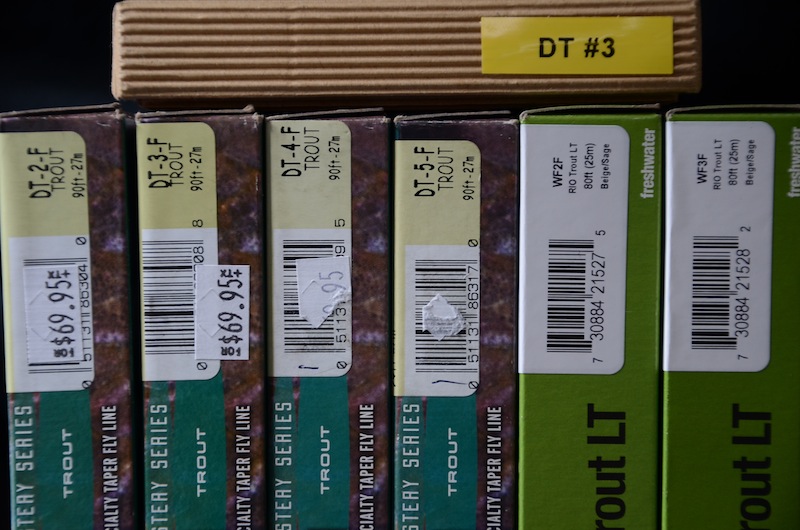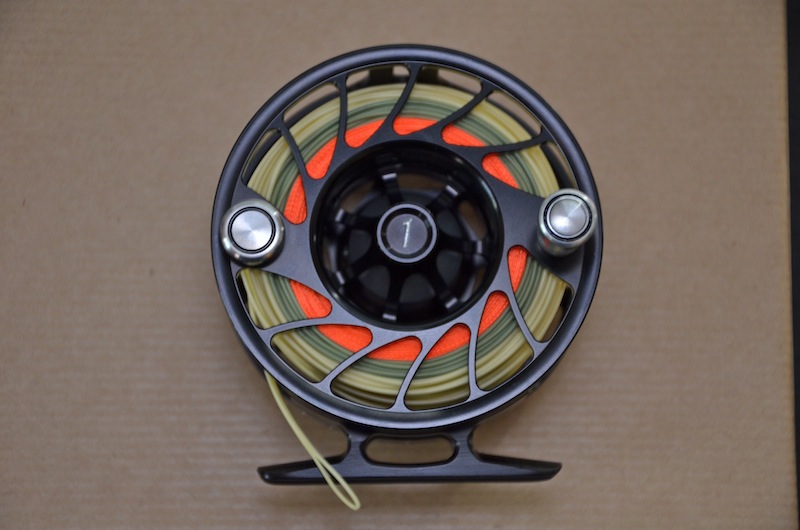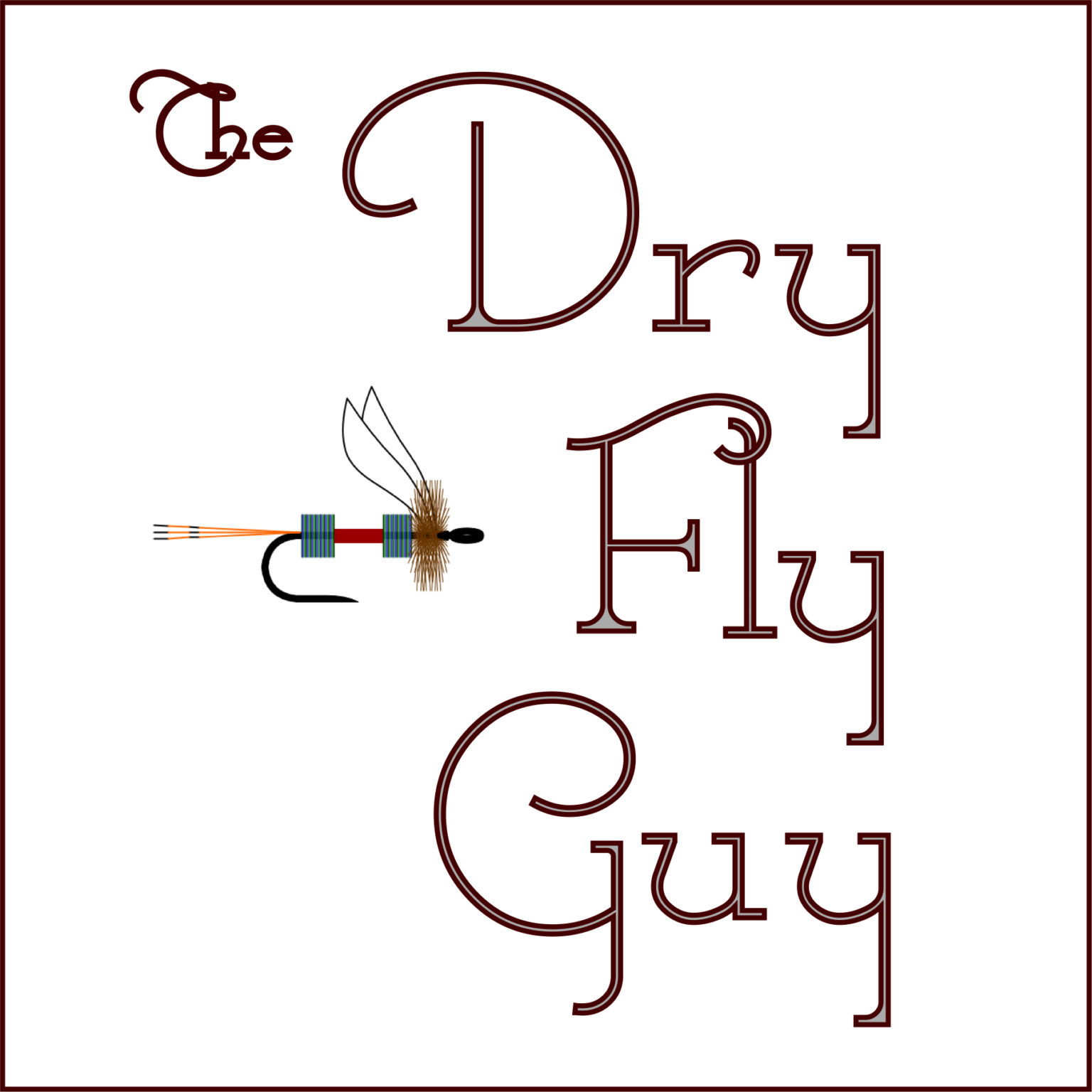My intent with this post is to assist those who are just starting out in fly fishing, and still don’t really understand what the various components of fly fishing tackle are, what they do, and how they fit into this often seemingly complicated puzzle. But it really isn’t as complicated as it may seem at first. You just need a little understanding of the 7 main components that make up the typical fly fishing tackle, and here they are: Rod, Reel, Backing, Line, Leader, Tippet, and Fly.
Now let’s give you a little more understanding of these components without overwhelming you with information and “jargon”.
Beginning at the end where the fish is you’ll have a Fly. A Fly is nothing more than a fish hook dressed up to look like something a fish would eat. In essence it’s the “bait” or lure, and it is tied into the system with a Tippet.

Tippet is a fancy name for a very thin piece of fishing line (monofilament). The Tippet’s function is to be “invisible” to the fish so the Fly looks like it isn’t attached to anything. Tippet is tied to the Fly at one end, and the other end of the Tippet is tied to the Leader.
The Leader is another piece of line but it gets thinner (known as a “taper”) as it gets closer to the Tippet, and thicker as it gets closer to the Fly Line. So the thin end of the Leader is tied to the Tippet and the thicker end of the Leader is tied to the Fly Line. The Leader’s function is actually to put distance between the “invisible” Tippet and the very visible Fly Line. It also provides the smooth transition (taper) from the relatively thick Fly Line to the very thin Tippet.

A Fly Line is the main “fishing line” but it looks nothing like typical fishing line (see photo below), and is usually only 90 feet in length and tapers (similar to the Leader) at the ends. A Fly Line is comprised of a string (known as the “core”) with a plastic coating covering it that causes it to float. This coating also adds weight and thickness to the line. This is very important because Fly Lines are actually classified by how much 30 feet of the Fly Line weighs, and there are fifteen different weight classifications for Fly Lines. The lightest weight classification is a 1 Weight, and a 15 Weight is the heaviest classification. The Fly Line’s purpose is to cast the Leader, Tippet, and Fly, and then to pull in the fish that gets hooked by the Fly. The Fly Line is tied to the Leader at one end (note the loop in the photo below for tying the Leader to), and to the Backing at the other end.

Backing is a fancy name for a special type of string. (The orange string in the photo above.) Its purpose is to provide additional length for the Fly Line and to connect the Fly Line to the Fly Reel. You might ask, “Why not just make the Fly Line longer?” The short answer to that question is: The cost would be prohibitive and a line that thick and long would require a very large Fly Reel to hold it. (In the photo above, the Backing is actually longer than the Fly Line is, but takes up far less Fly Reel capacity.)
The Fly Reel is basically a metal spool with a handle that allows a fisherman to wind in the Backing and Fly Line. Since Fly Lines come in different weights (sizes) Fly Reels also come in different sizes to accommodate different Fly Line sizes. The Fly Reel is attached to the Fly Rod.

The Fly Rod is the “fishing pole”. They come in a variety of lengths, and are generally made from one of three materials: Bamboo, Fiberglass, or Carbon Fiber (Graphite). They are also designed to cast a specific weight category of Fly Line. Below are two examples. In the image of the Hardy Fly Rod you can see that it is designated as a 9′ #5. Which means it is nine feet in length and designed to cast a 5 Weight Fly Line. In the second image below, the rod is designated 8 1/2′-3. Which means the rod is eight and a half feet long and designed to cast a 3 Weight Fly Line. (Note: The weight classification is not how much the rod weighs.) The purpose of the Fly Rod is to assist the fisherman in casting the Fly Line, and to serve as a shock absorber when “fighting fish” and reeling them in.


So in summary, the Fly Rod has a Fly Reel attached to it. This Fly Reel has Backing tied to it and wound on to provide extra length for the Fly Line that it is tied to. The other end of the Fly Line is attached to the thick end of the Leader. This Leader will taper down to the thinness of the Tippet, and the Tippet will be attached to it. The Fly will then be tied to the other end of the Tippet, and hopefully, when it is cast out into the water a fish will be fooled and try to eat the Fly.
There can certainly be a lot more to it than what I have provided above, and you are welcome to search the posts here for more in-depth information regarding these components and of dry fly fishing. But for those that just want a basic understanding of the tackle, hopefully this post provided a clear explanation of what makes up fly fishing tackle and why it’s there.
~ DFG


